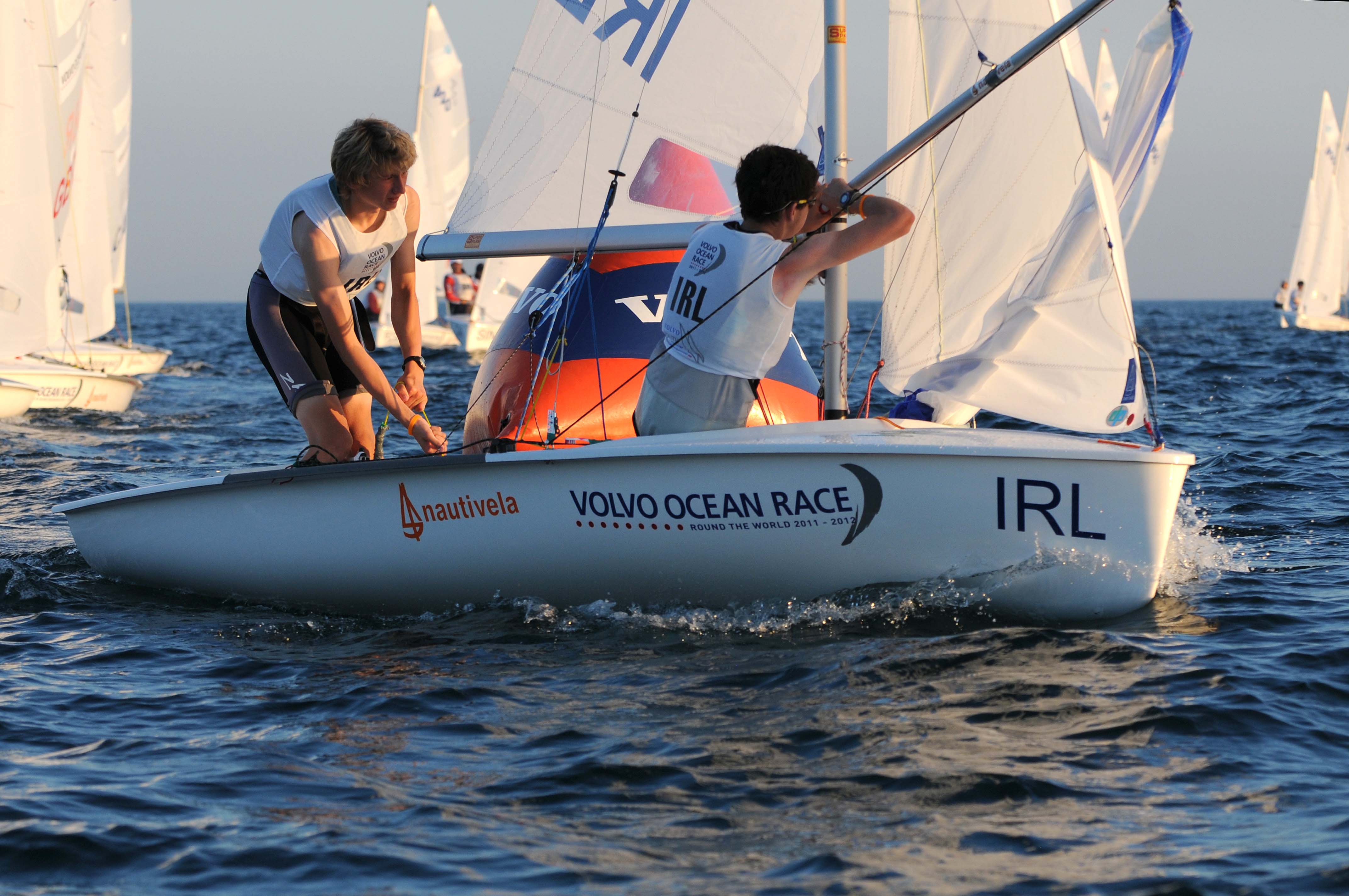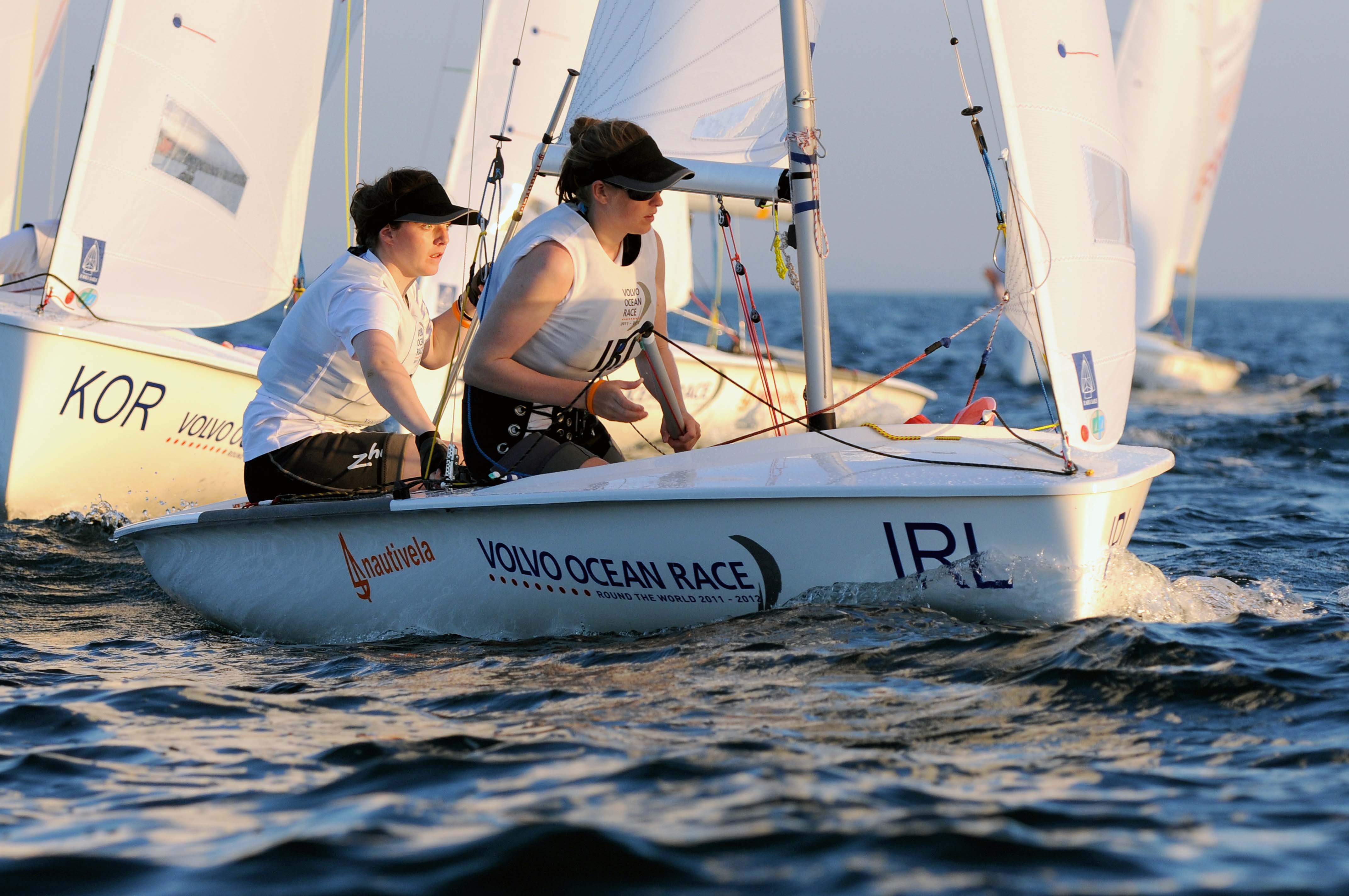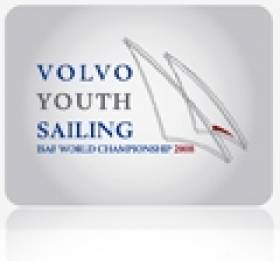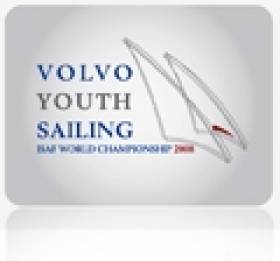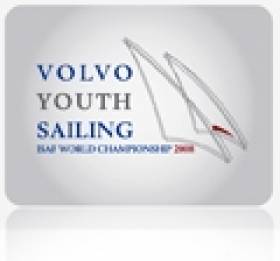Displaying items by tag: ISAF Youth Worlds
Dublin Hosts First ISAF Development Symposium in March
#DEVELOPMENT - Representatives from the International Sailing Federation's member nations throughout the world will meet at Howth Yacht Club from 17-18 March for the inaugural ISAF Development Symposium.
The aim of the two-day conference is to develop the criteria and future strategy for sail training and development within the governing body of world sailing, based on three core requirements:
- Fulfilling requirement set out in the ISAF Constitution to develop the sport and increase participation;
- Providing a structure for the sport to grow to meet expectations of the International Olympic Committee; and
- Supporting member nations in growing the sport in their own countries.
"Training is the key that will unlock and secure the future for our sport," said the ISAF in its development statement at the federation's annual conference last year.
Dublin was chosen as the host location for this first symposium as it will be hosting the ISAF Youth Worlds in July, just before the 2012 Olympic Games in London.
The international delegates, chaired by event organiser and ISAF training and development manager Dan Jaspers, will be supported by a group of ISAF representatives such as vice president Nazli Imre, development and youth committee chairman Olivier Bovyn, ISAF-nominated experts and the World Youth Sailing Trust coach, as well as invited specialist technical advisors.
More information about the ISAF Development Symposium is available HERE.
Top Ten Finish on the Cards for O'Dowd
Matthew O'Dowd clings to the ISAF Youth Worlds Top Ten going into the last day of racing today, having posted mixed results in a shifty day off Istanbul yesterday that allowed the boy's fleet put in three races. His tenth place overall means he remains the top Irish performer at the Turkish regatta at this stage. The top four are split by only four points going into the final day in the Laser Radials. The fleets are leaving the dock at the moment in 10 knots of northerly breeze.
420 girls Jane Butler and Jenny Andreasson managed a sixth yesterday, their best result to date, but followed it up with an OCS, leaving them in 17th overall. Sophie Murphy is 37th in the girls' Radial fleet, and Scott Flanigan and Cian O'Regan are 21st in the 420s after two races in the teens yesterday.
Another Podium for O'Dowd
Dun Laoghaire sailor Matthew O'Dowd made it two in a row yesterday, posting a second consecutive third place finish at the ISAF Youth Worlds. The third day of racing yielded only one race for O'Dowd's Laser Radial fleet and the two 420 fleets, but none for the girls in the Laser Radials. The event has been dogged by light airs so far.
O'Dowd now sits in 12th overall with discards yet to come into play. He will shed 39 points after the next race, assuming the winds allow more racing, but with plenty of black flags and erratic finishes among those ranked above him, he may not see much change in his overall position.
Sophie Murphy remains in 23rd overall in the girls' fleet.
In the 420s, Scott Flanigan and Cian O'Regan added a black flag to their tally yesterday, leaving them in 24th overall, while Jane Butler and Jenny Andreasson kept things consistent with their form, posting a 16th to put them in 19th overall.
There's currently just four knots on the course off Istanbul, so racing looks unlikely unless the forecast 10 knots fills in from the north.
O'Dowd Moves Up in Light Airs
Matthew O'Dowd made best use of yesterday's light airs to count a podium finish and jump from 31st to 20th overall as the fleet takes a day off.
Competitors had to wait until 16:30hrs local time yesterday for the breeze to fill and then when the gun went a blaze of dinghies sailed off into the early evening sunshine to try and get at least one race completed. The breeze filled to around seven knots on the three courses but it remained puffy and made for a long day on the water for the race officials trying to set their courses as well as around 350 young sailors.
The RS:X boys and girls did complete two more races and the 29ers likewise but the Laser Radial fleets and the SL 16 Sirena cats only managed one race as did the 420 boys and girls who had to be towed ashore as darkness fell across the Marmara Bay.
Sophie Murphy sits in 23rd in the girls Laser Radial fleet, with the 420 girls, Jane Butler and Jenny Andreasson in 20th.
Scott Flanigan and Cian O'Regan have dropped from 11th to 19th after posting a 28th place in the third race.
Full results and news on www.isafyouthworlds.com
